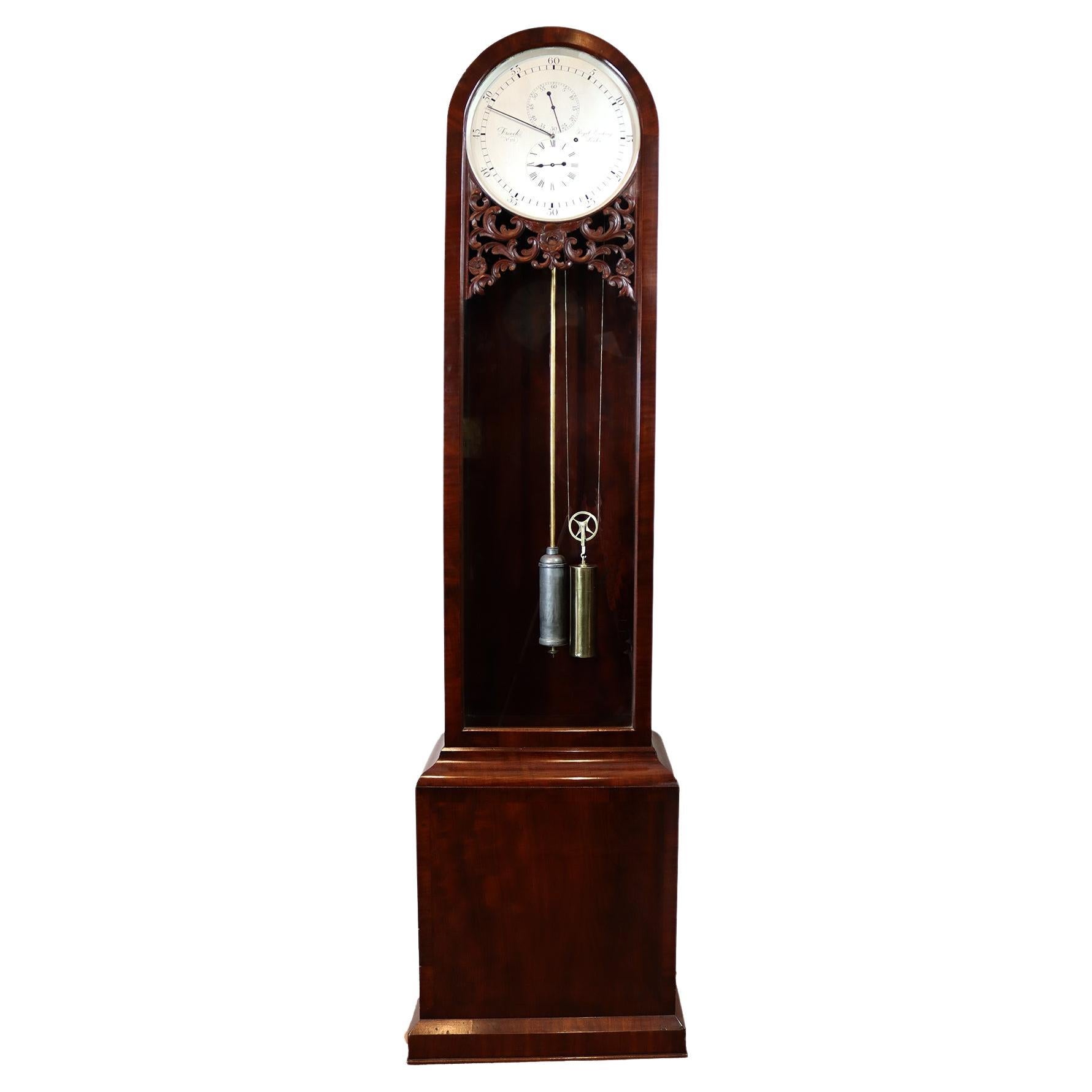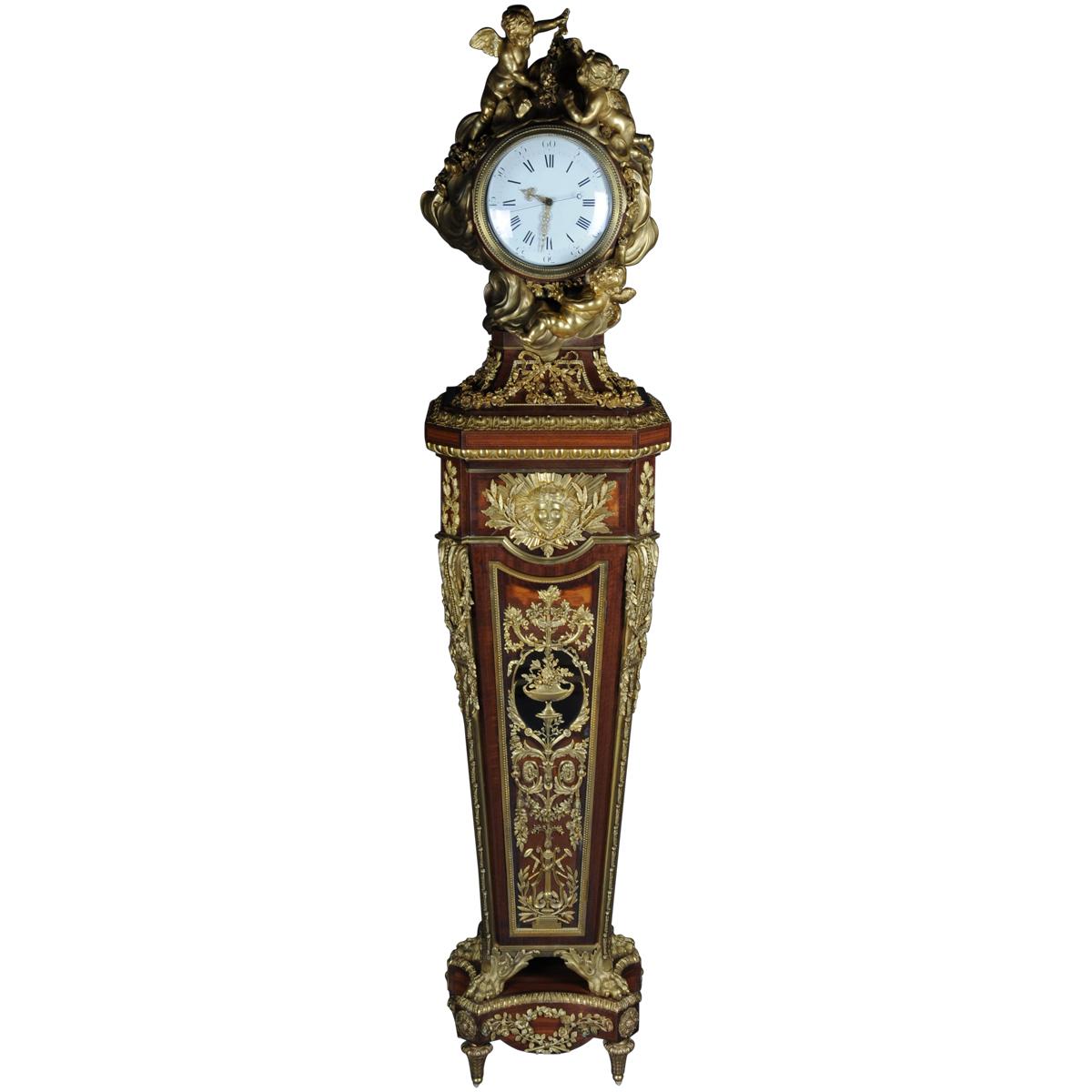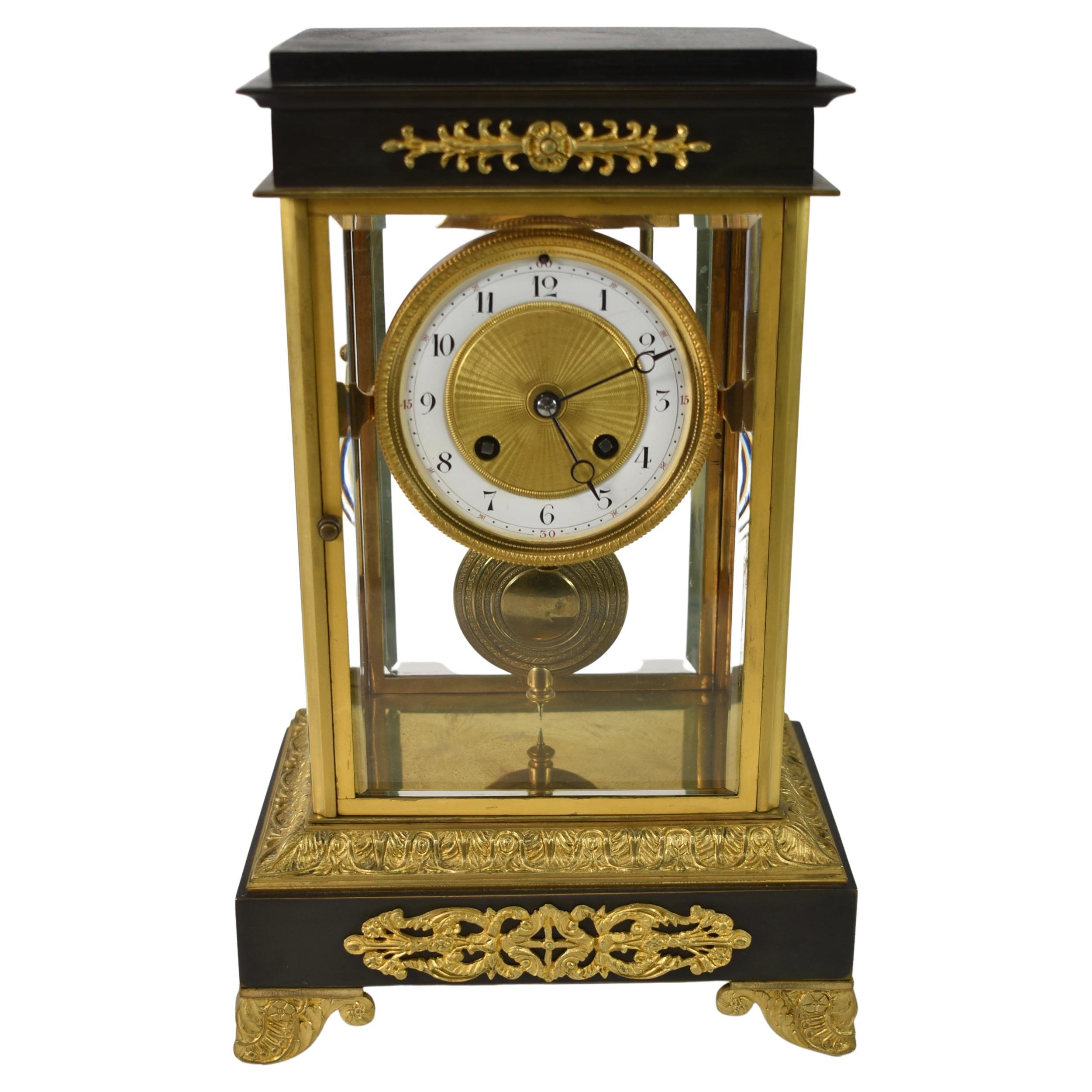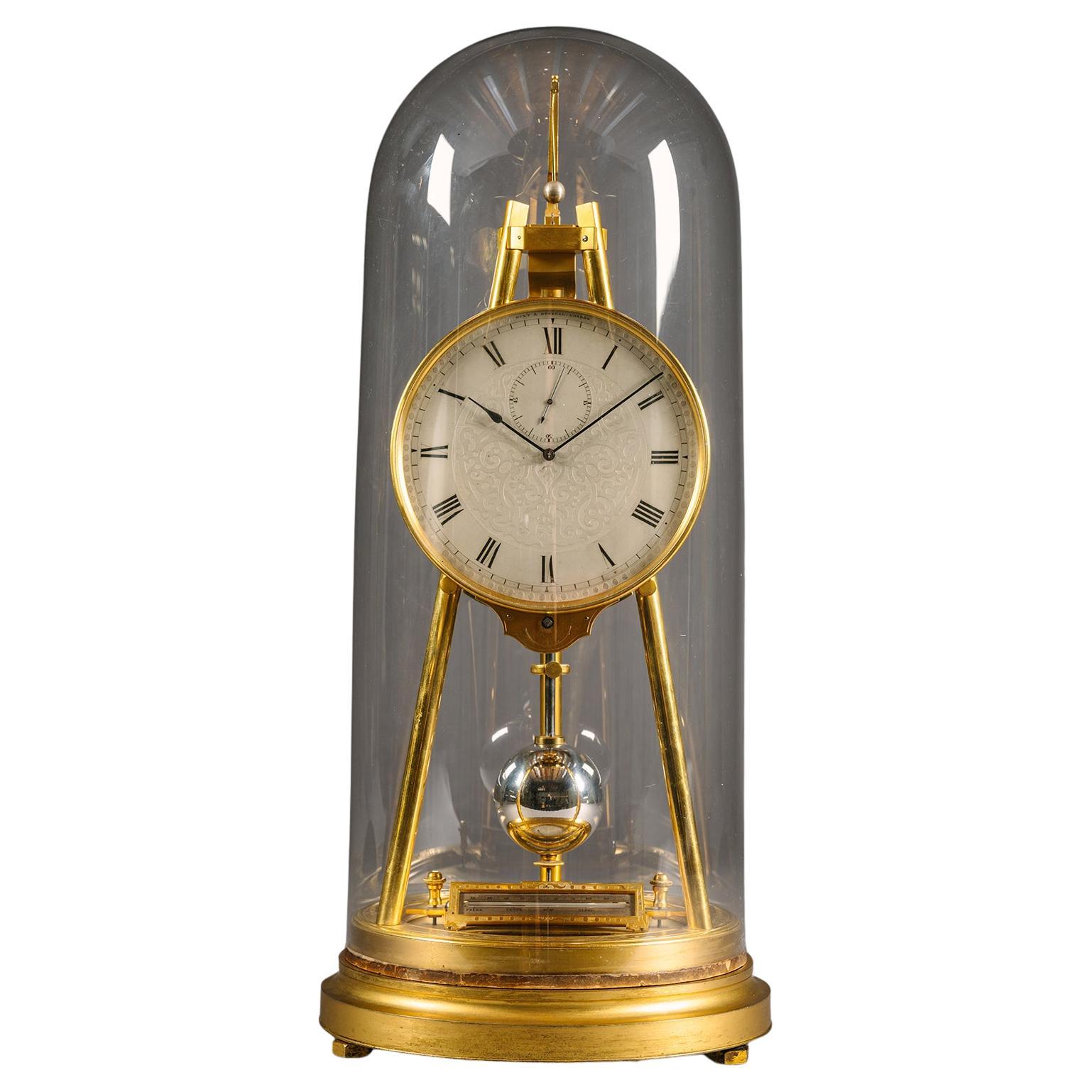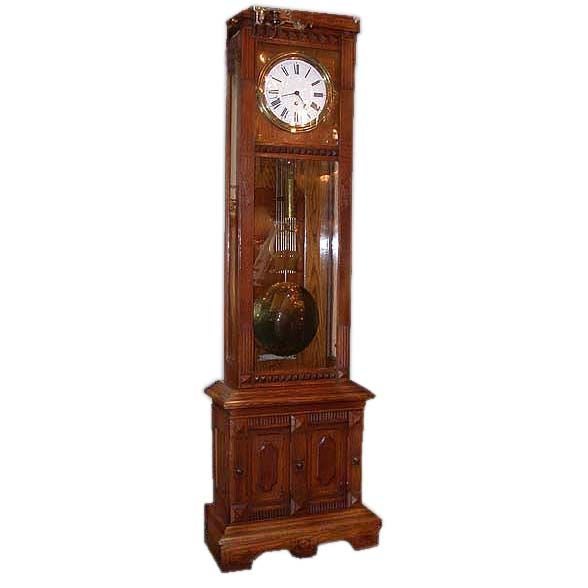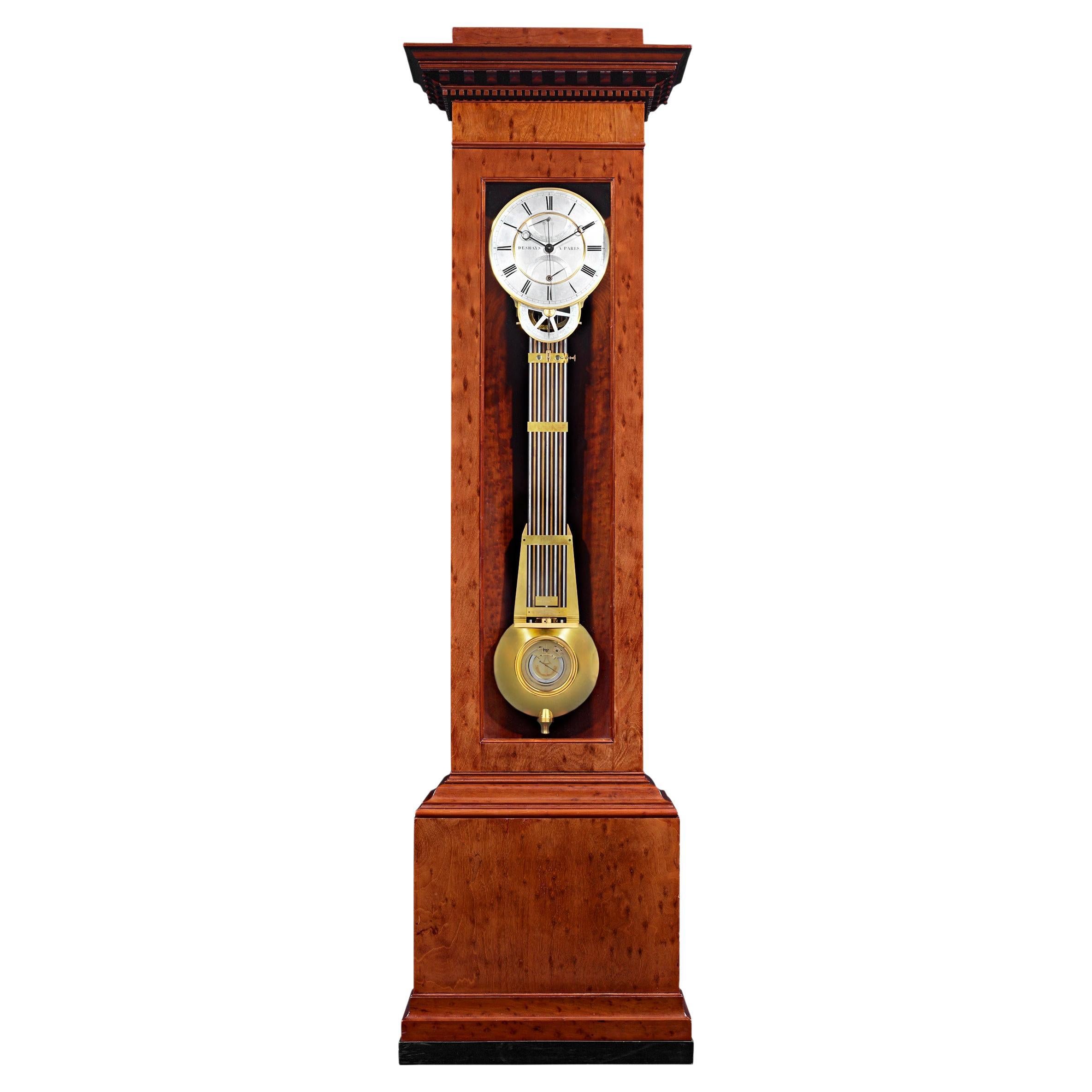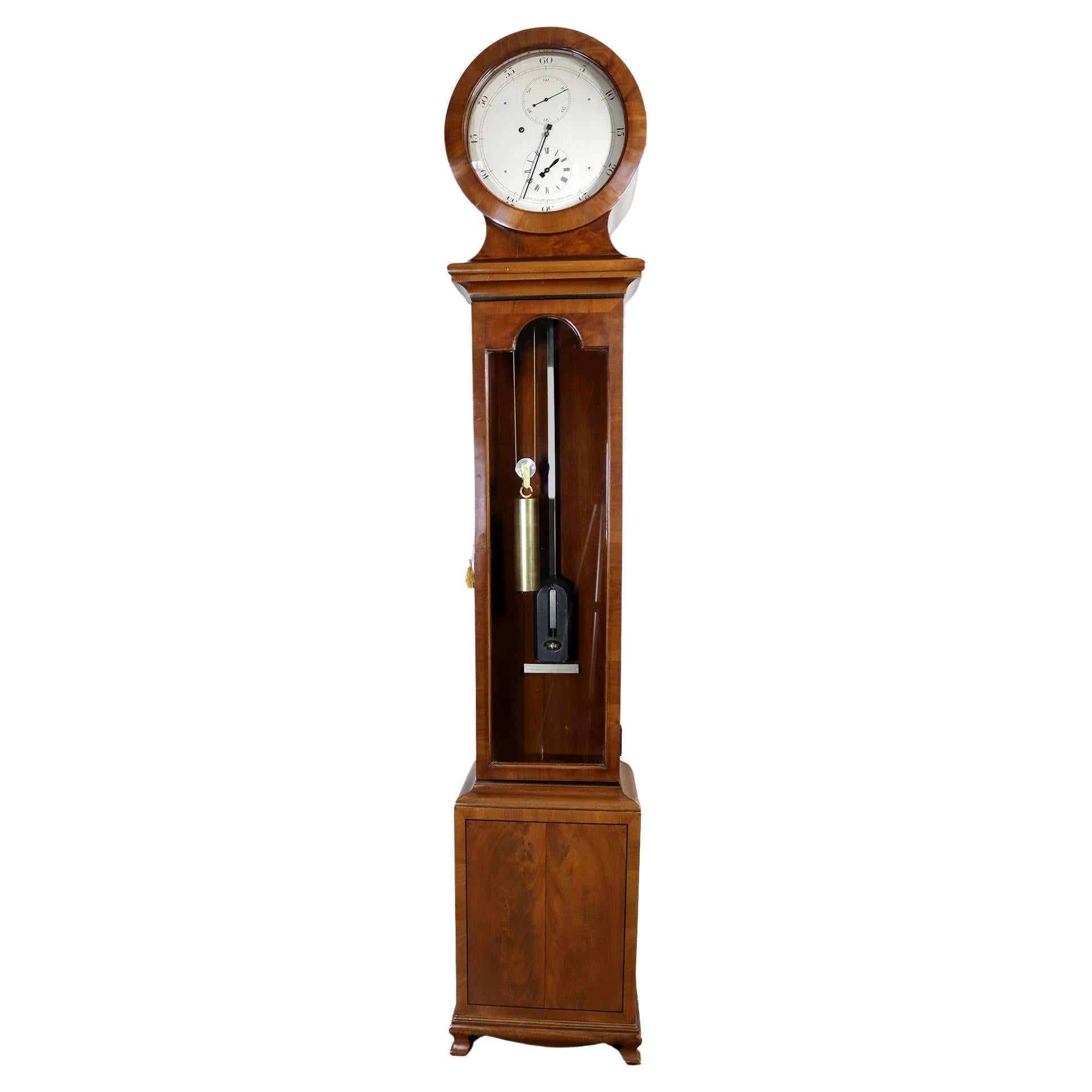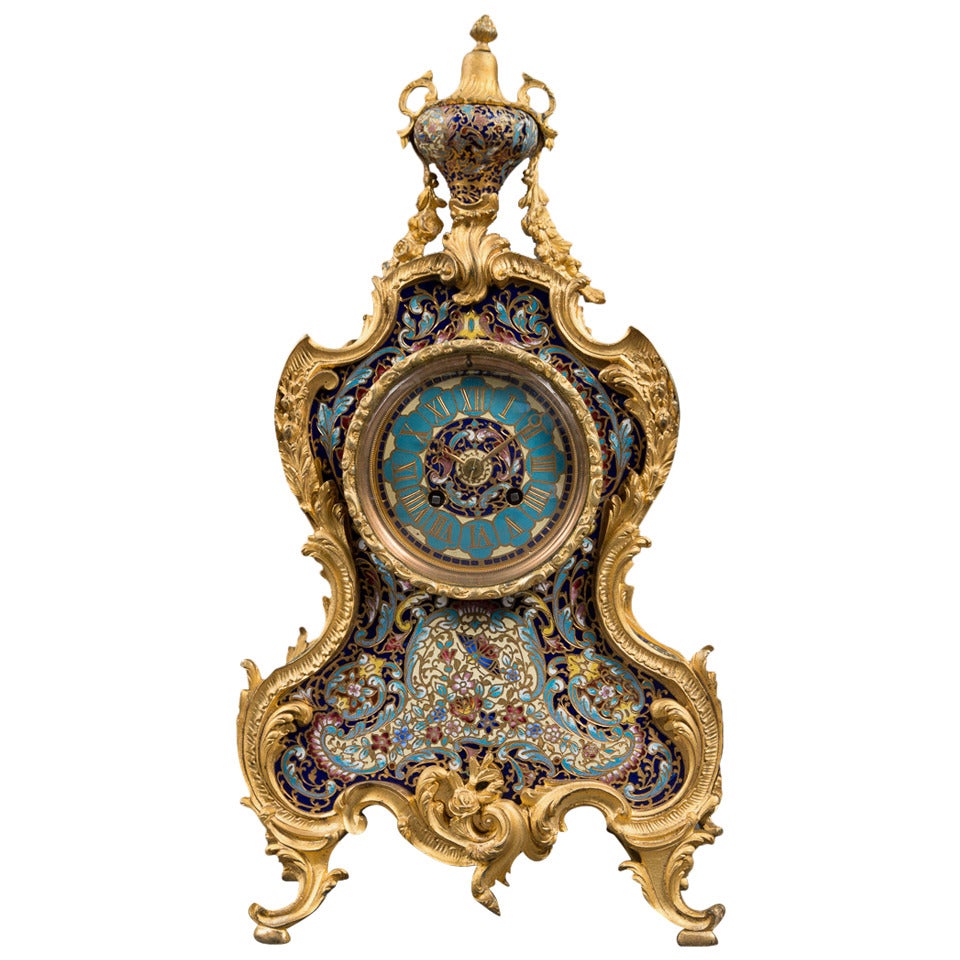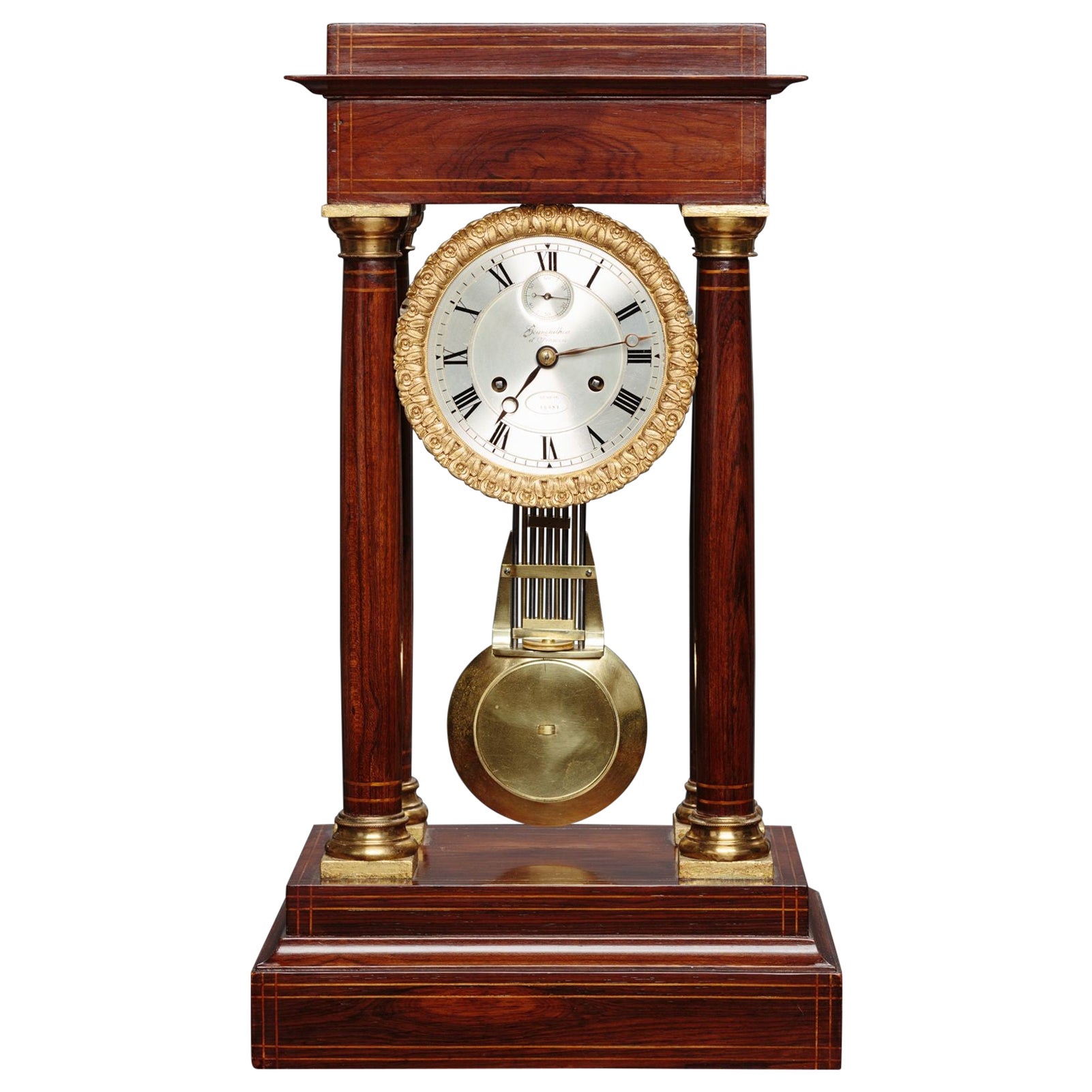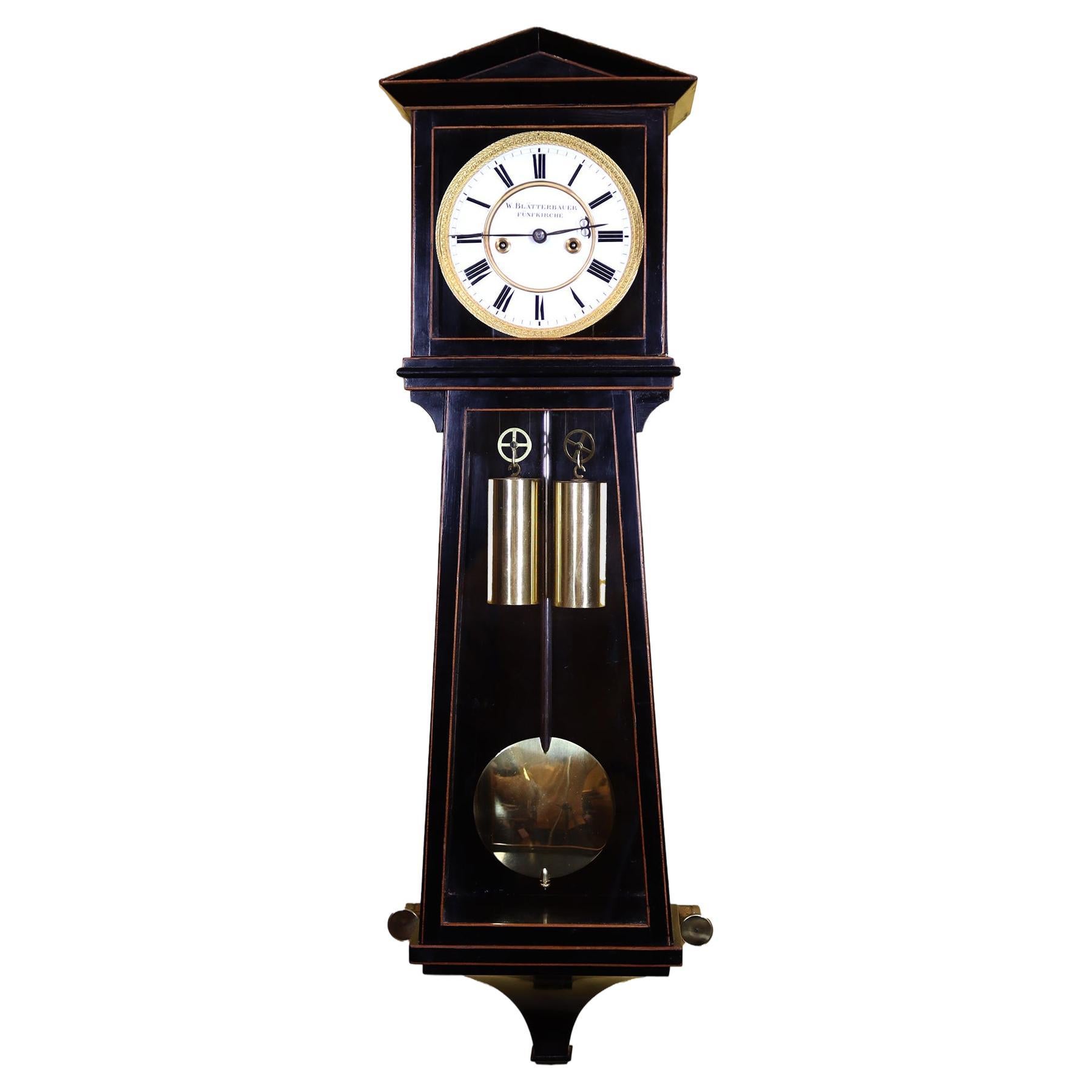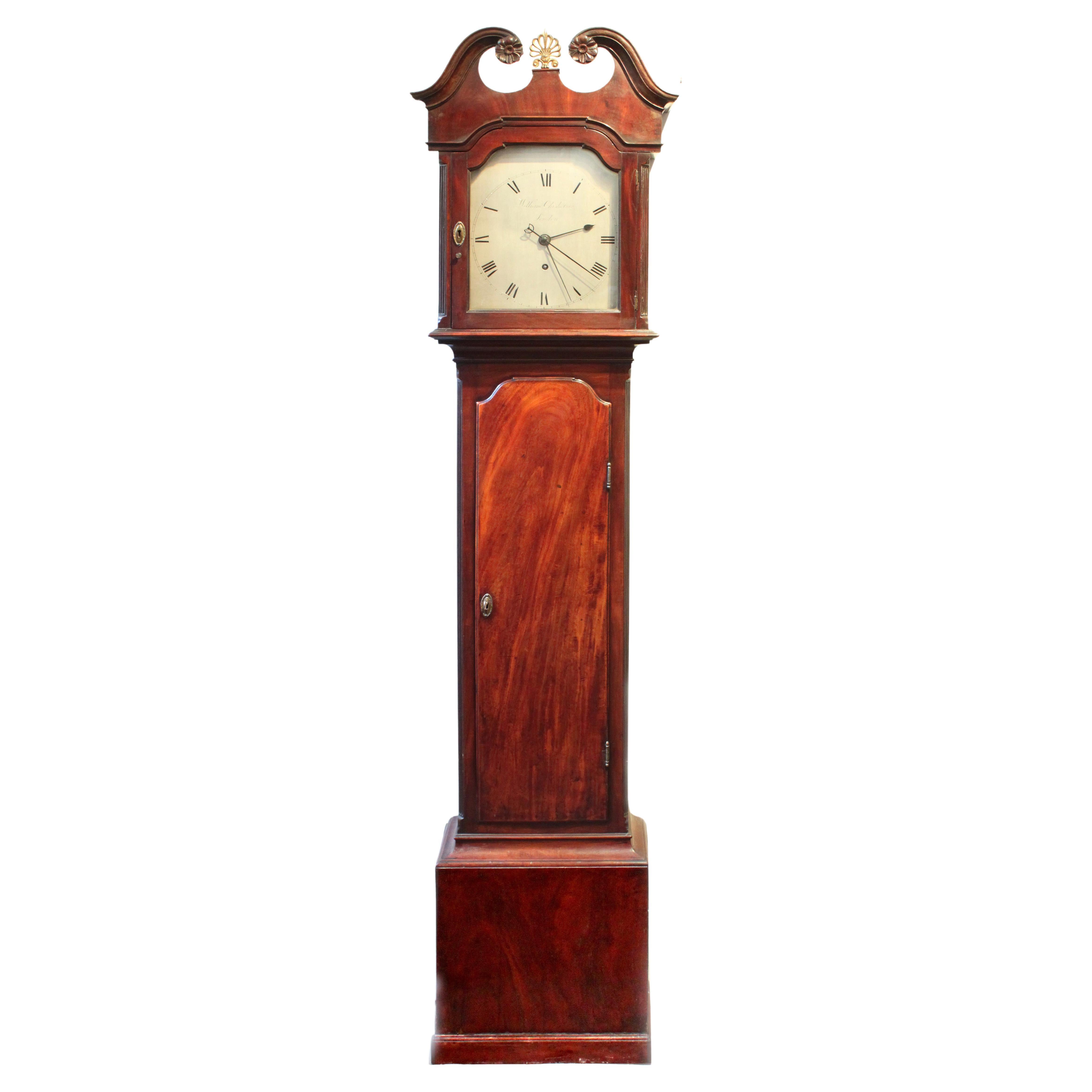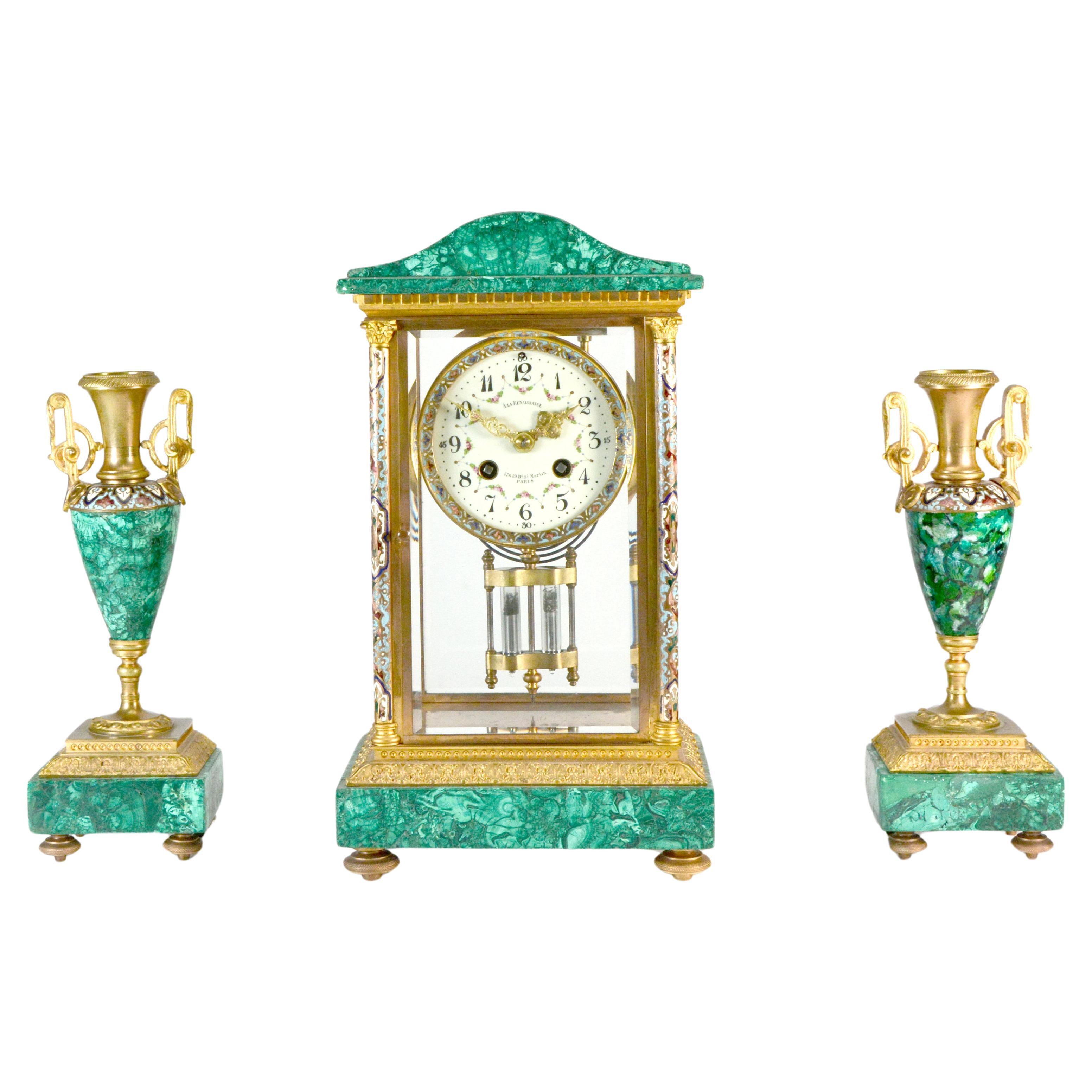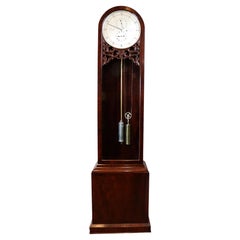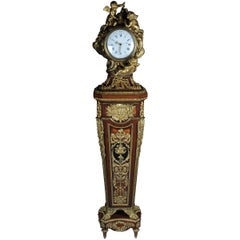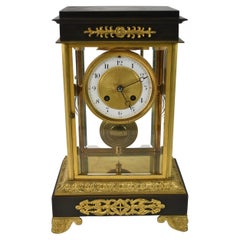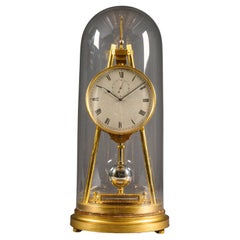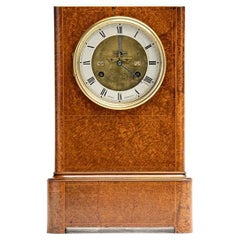
French table regulator by Henri Robert
View Similar Items
1 of 5
French table regulator by Henri Robert
About the Item
- Dimensions:Height: 12.21 in (31 cm)Width: 7.88 in (20 cm)Depth: 4.73 in (12 cm)
- Materials and Techniques:
- Place of Origin:
- Period:
- Date of Manufacture:1840
- Condition:Wear consistent with age and use.
- Seller Location:HAARLEM, NL
- Reference Number:1stDibs: LU9386237414192
Authenticity Guarantee
In the unlikely event there’s an issue with an item’s authenticity, contact us within 1 year for a full refund. DetailsMoney-Back Guarantee
If your item is not as described, is damaged in transit, or does not arrive, contact us within 7 days for a full refund. Details24-Hour Cancellation
You have a 24-hour grace period in which to reconsider your purchase, with no questions asked.Vetted Professional Sellers
Our world-class sellers must adhere to strict standards for service and quality, maintaining the integrity of our listings.Price-Match Guarantee
If you find that a seller listed the same item for a lower price elsewhere, we’ll match it.Trusted Global Delivery
Our best-in-class carrier network provides specialized shipping options worldwide, including custom delivery.You May Also Like
Regulator by French Royal Exchange
By French Royal Exchange London
Located in Amersham, GB
A very fine regulator made by the firm of French Royal Exchange, the eight day movement with Harrison’s maintaining power and deadbeat escapement...
Category
Antique 1850s English Victorian Grandfather Clocks and Longcase Clocks
Materials
Brass
Napoleon III Pedestal Clock “Parquet Regulator” after Jean-Henri Riesener, 1734
Located in Berlin, DE
A Model of Jean Henri Riesener (Received Master in 1768) executed in 1785. (inv. OA 5501 In Louvre Museum). 19th Century. This fine and sumptuous “Regulateur de Pendule” presents a fine amaranth. Of Sycamore oeuil de vermeuil, ebony and buis stringing marquetry. The base and the gaine are decorated with diamond shapes. The hours are inscribed in Roman numerals and the munutes in Arabic. It takes place in a magnificent gilt décor of three winged children playing with garlands on clouds. The regulateur is enriched with a delicate garniture of bronze. The dial and each panel are framed by an elegant frieze of palms and pearls. The top of the gaine is enhanced with a frieze of palms and ovums, foliages and garlands of flowers. Each corner is ornated with fleurons. The front of the gaine is embellished by an Apollo mask (Sun Symbol) and each side with laurel crowns. Under the mask the cartouche is decorated by a stylized vase of flowers.
Foliated scrolls, flowers, garlands, cornucopias and musical instruments such as a harp (Apollo Reference) the cherubs are underlined by pearls, scrolls of Acanthus Leaves and garlands dawning out in foliages, framed with ropes until the lions feet. The feet rest on a base ornated with fleurons and foliages with buds of flowers ending in four conical feet with acanthus leaves.
With André-Charles Boulle (1642–1732) and Charles Cressent (1685–1768), Riesener was arguably one of the three greatest French ébénistes of the 18th century. Eventually taking over the workshop after Oeben's death in 1763, and marrying his widow some four years later. He is renowned for completing the famous bureau du Roi...
Category
Antique Late 19th Century French Napoleon III Grandfather Clocks and Lon...
Materials
Bronze
Antique French Empire Crystal Regulator Clock
Located in Toledo, OH
A beautiful brass clock with gold dore finish. Beveled glass panels with a porcelain dial and time and strike. French works. Running condition. Corner crack in one glass panel.
Category
20th Century European Empire Mantel Clocks
Materials
Brass
English Tripod Table Regulator Clock by Thomas Cole, Retailed by Hunt & Roskell
By Thomas Cole (Clockmaker)
Located in Brighton, West Sussex
A Fine English Tripod Table Regulator Clock by Thomas Cole, With Integral Thermometer and Barometer, Retailed by Hunt & Roskell, London
Signed to the dial for the retailer ‘Hunt & Roskell, London.’
No. 1318 /38
The circular six-inch silvered dial with cast bezel, signed ‘Hunt & Roskell, London’, above Roman chapters and blued steel spade hands, set with a large subsidiary seconds dial below XII, the centre finely engraved with scrolling strapwork decoration. The steel winding square protruding through an engraved and shaped plate immediately below 6 o'clock with handset achieved by adjustment to the rear. The movement with tapered plates joined by cylindrical screwed pillars, a two-part backplate, a going barrel, and deadbeat escapement. The pendulum suspended from the apex of the tripod from a G-bracket, with plumb line above, fine regulation achieved by a sliding cylindrical weight on the rod, terminating in a heavy silvered spherical bob secured via Cole's pendulum-locking system.
The case formed of three cylindrical rods set on a gilt and stepped circular base engraved with scrolling foliage, the recessed centre with a semi-circular glazed barometer with silvered register scale, blued steel hand and manually adjustable gilt recording hand. The tilted thermometer within an engraved and gilded surround. Below the tip of the pendulum is a beat scale resting on a bimetallic bar providing thermal compensation, the base resting on three adjustable gilt-metal levelling nuts.
Retaining its original glass dome and brass winding key.
England, Circa 1855.
This fine and rare timepiece by Thomas Cole is a masterpiece of design.
Described by Hawkins in 'Thomas Cole & Victorian Clockmaking' as “the first English table regulator for a gentleman’s library table,” Cole’s strut clock underwent over eight iterations before achieving a design that combined precision with extraordinary elegance.
The use of a tripod to determine the optimal pendulum suspension point is just one of several ingenious mechanisms Cole employed. Three adjustable nuts serving as feet allow for effective levelling of the clock, while a plumb line and bob ensure precise vertical alignment. Relocating the winding square directly beneath the dial eliminates the risk of scratching the surface or damaging the hands, while the inclusion of a thermometer, angled at 45 degrees, effectively conceals the beat scale and pendulum locking mechanism.
Ingeniously designed, the locking mechanism positioned just below the pendulum’s tip includes a beat scale resting on a brass bar that can be raised to secure the pendulum in place. This mechanism also provides thermal compensation through a bi-metallic strip, which automatically raises or lowers the bob in response to temperature fluctuations.
Both inventive and aesthetically striking, this rare clock exemplifies the highly ornamental Victorian timepieces...
Category
Antique 19th Century English Victorian Table Clocks and Desk Clocks
Materials
Brass, Bronze, Steel
American Eastlake Oak Regulator Clock by Gilbert
Located in Montreal, QC
Classic Gilbert #12 regulator in Eastlake oak long case with floral and foliate carved band running under cornice and over a row of incised decoration; with brass ringed clock face f...
Category
Antique 19th Century American Eastlake Clocks
Materials
Metal, Brass
Month-Going Regulator Clock by Deshays à Paris
Located in New Orleans, LA
This Louis-Philippe-period month-going longcase regulator clock is an exceptional example of French clockmaking, and its complicated mechanism marks several different aspects of passing time. Crafted by Deshays à Paris, the timepiece displays sleek silvered steel dials that indicate the time, date, month, equation of time...
Category
Antique 19th Century French Louis Philippe Grandfather Clocks and Longca...
Materials
Steel
Recently Viewed
View AllMore Ways To Browse
Antique Regulator
Regulator Clock
Antique Regulator Clocks
French Regulator Clock
Antique French Regulator Mantel Clock
Blue And White Porcelain Clocks
Roman Lapis Lazuli
Five Piece Clock
French Portico
Sword Case
Antique Clocks And Globes
Antique Marble Pillar
French Brass And Porcelain Clock
Mantle Urns
Rouge Marble Clock
Shelf Clock
Antique School Clocks
Dog Clock
